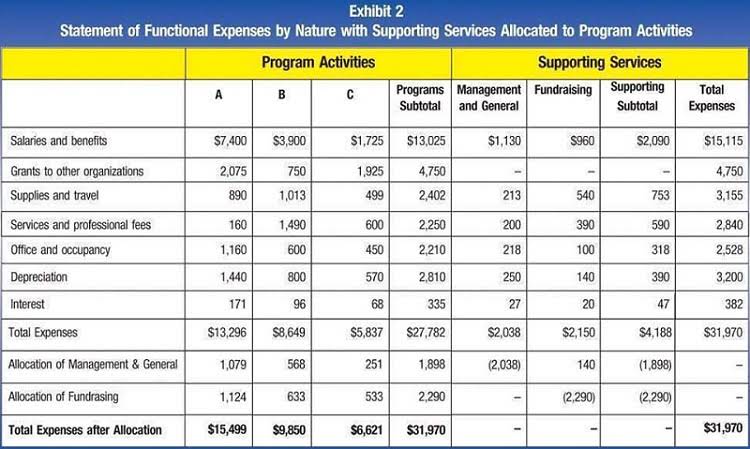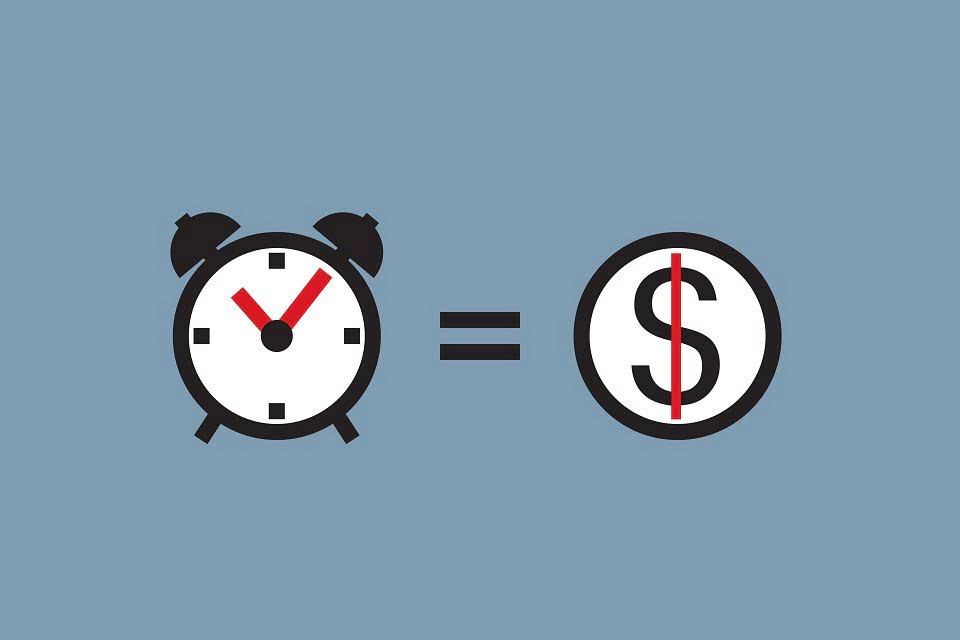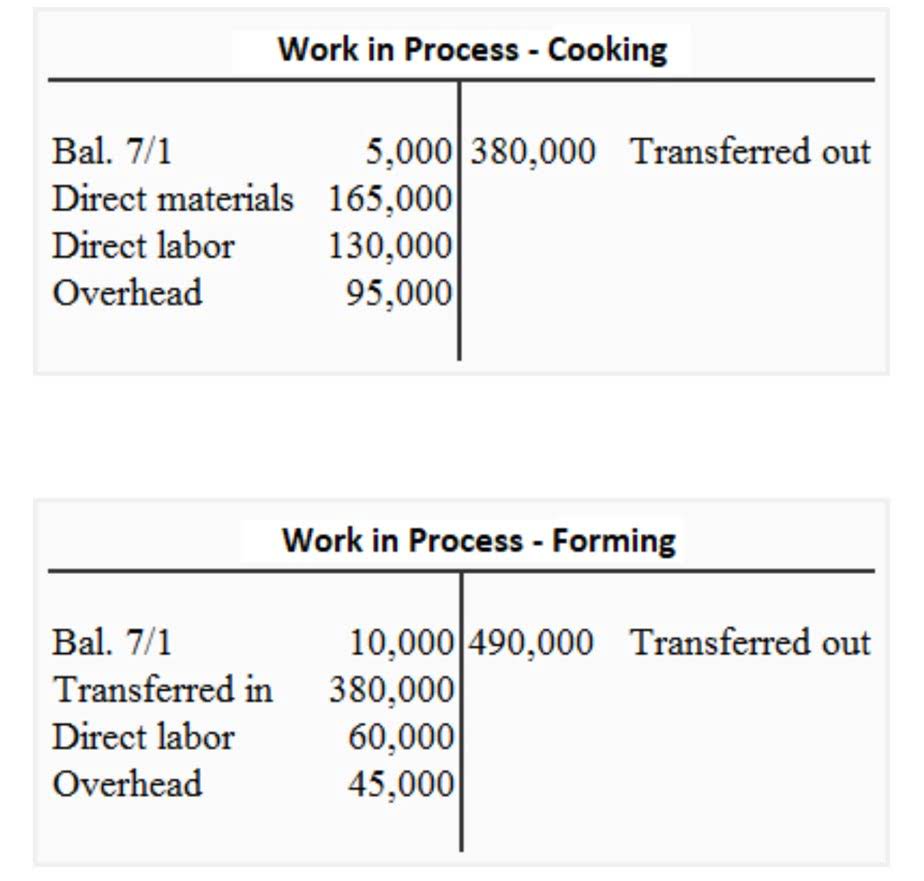Contribution margin Wikipedia

A high contribution margin ratio allows more flexibility to temporarily lower prices to gain market share or counter competition. Conversely, a lower ratio might require maintaining or increasing prices to preserve margins. Striking this balance demands a deep understanding of market dynamics and consumer behavior to align pricing decisions with broader business objectives. The ratio is particularly valuable for businesses with multiple product lines, enabling comparative analysis of profitability. If another product has a contribution margin ratio Certified Public Accountant of 30%, the company may prioritize the higher-margin product, assuming demand and strategic goals align.
Uses of Contribution Margin
Cost of materials purchased is a variable expense because it increases as sales increase or decreases as sales decrease. Sales (a.k.a. total sales or revenue) is the monetary value of the goods or services sold by your business during a certain reporting period (e.g., quarterly or annually). Fixed costs, on the other hand, do not change with the level of output. They remain constant regardless of the number of units produced or sold. It sounds like technical jargon that your accountant might throw at you, but it’s quite simple to measure and understand. We’ll give you a basic breakdown of how to calculate contribution margins and how to use them to grow your business.

Professional Services
This analysis determines the sales volume needed to cover all cm ratio formula costs and start making a profit. Thus, the concept of contribution margin is used to determine the minimum price at which you should sell your goods or services to cover its costs. The contribution margin ratio is also known as the profit volume ratio.
Limitations of contribution margin ratio

In this article, we’ll explore how to calculate the CM ratio AI in Accounting and its importance in business decision-making. Understanding financial metrics is crucial for businesses aiming to optimize profitability and make informed decisions. One such metric, the contribution margin ratio, evaluates how sales impact overall profit. It highlights which products or services most effectively cover fixed costs and generate profits.
- However, this strategy could ultimately backfire, and hurt profits if customers are unwilling to pay the higher price.
- If total sales revenue is $1,000, the contribution margin ratio is 40% ($400 contribution margin / $1,000 sales revenue).
- Breakeven point in dollars equals total fixed costs divided by contribution margin ratio and breakeven point in units of sales equals total fixed costs by contribution margin per unit.
- This highlights the margin and helps illustrate where a company’s expenses.
When a business sells multiple products or services, the Weighted Average Contribution Margin Ratio becomes useful. This can be achieved through cost-efficient production methods, bulk purchasing, or negotiating better supplier terms. It helps assess the profitability of different products, services, or business lines. The numerator of the formula i.e., contribution margin can be calculated using simple contribution margin equation or by preparing a contribution margin income statement.

While the Ratio is a useful tool, it’s not without limitations. It doesn’t account for fixed costs, so it’s not a measure of overall profitability. Also, it’s crucial to consider it in the context of other financial metrics for a comprehensive business analysis. It involves subtracting the variable costs from the sales revenue, then dividing the result by the sales revenue. This gives the proportion of sales revenue that is not consumed by variable costs.

How to Calculate Contribution Margin Ratio and Optimize Your Business’s Profitability
- CFI is on a mission to enable anyone to be a great financial analyst and have a great career path.
- Expressed as a percentage, it provides a clear view of product or service profitability.
- A store owner will pay a fixed monthly cost for the store space regardless of how many goods are sold.
- Ultimately, the key financial data you obtain is valuable for improving business decision-making.
The higher the ratio, the more money is available to cover the business’s overhead expenses, or fixed costs. However, it’s more likely that the contribution margin ratio is well below 100%, and probably below 50%. Where p is the price per unit, x is the number of units, v is variable cost per unit and FC is total fixed cost. Calculating the contribution margin ratio is vital for businesses seeking to understand their financial health and make informed decisions based on profitability and cost control.

Leave a Reply